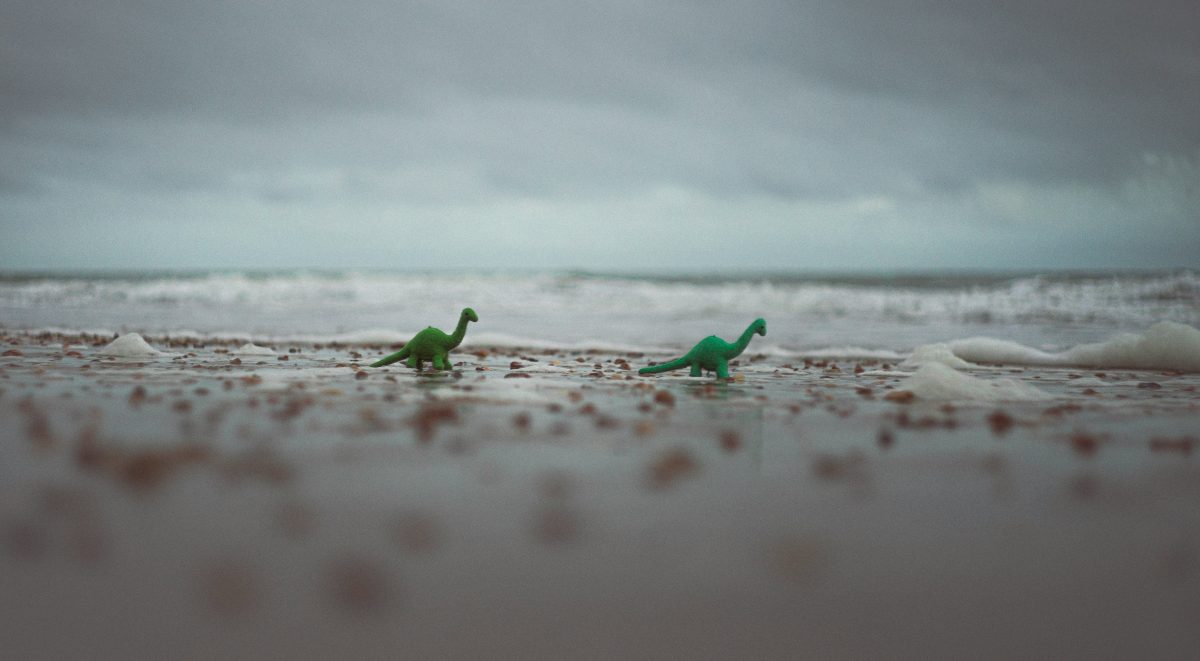
Can you believe it’s been 30 years since the premier of Jurassic Park?
In light of the anniversary of the blockbuster film, IFL Science reached out to Dr Susie Maidment of London’s Natural History Museum and Ben Lamm, founder and CEO at Colossal Biosciences, who are trying to “de-extinct” the dodo and woolly mammoth among other creatures, for their The Big Questions podcast.
Maidment said the idea of bringing dinosaurs back isn’t new, predating the film.
In fact, the technique used in Jurassic Park – extracting blood from a mosquito and taking the DNA from that to fill in the gaps in “dino DNA” – has been one of the leading ideas in cloning dinosaurs.
The issue?
“Well, we still can’t do that 30 years on from the film, and that’s because we haven’t found any DNA from dinosaurs,” Maidment said.
Maidment mentioned a few other processes being explored by scientists as they look to make Jurassic Park real.
“There are a couple of other different techniques that are going on though. One of those is reverse engineering, which is this idea that you could take birds, which are the direct descendants of the dinosaurs, fiddle around with their genetics, and produce something like a dinosaur.”
Another issue is that researchers have yet to discover DNA old enough to have overlapped dinosaurs.
In fact, the oldest DNA discovered on record is only about a million years old, where as dinosaurs have been extinct for around 66 million years.
The film got parts of the research right, but made one significant misstep, according to Maidment, and it has to do with how Jurassic Park scientists filled the gaps of the dino DNA.
“In order to know where the gaps in the DNA are, you need to have the whole genome to start off with, otherwise you don’t know which bits are missing,” Maidment said.
“The second problem is that frogs are the least likely organism you would choose. The organism that you would choose would be birds, because birds are the direct descendants of dinosaurs. When Jurassic Park came out, I don’t think that was 100 percent accepted. There were some ideas that it might be the case, but it wasn’t as widely accepted as it is now.”
Dinosaurs aren’t the only species scientists are currently trying to “de-extinct;” Lamm, who works for Colossal Science, says that the organization is working on brining back the woolly mammoth and dodo, among others.
“What that means to us is looking at and understanding which genes are associated with the core phenotypes, or physical attributes, that existed in an extinct animal,” Lamm said
The process involves identifying the closest phylogenetic relative living on earth, building a reference genome, and you gathering tissue samples to build the genome.
In speaking about the process to bring back the woolly mammoth, Lamm said that the reference genome comes from the Asian Elephant, which is 99.6% the same genetically.
“Ancient DNA is different from existing living DNA, because it’s massively fragmented,” Lamm said. “It’s not all exogenous, meaning that there are other microbes and living things that have contaminated it over time. So you get snippets of ancient DNA and then you basically piece them together. With the mammoth, we actually used 54 different mammoth genomes to build our reference genome.”
Ultimately, though, both Maidment and Lamm spoke in cautionary terms.
“I think there is a bit of concern over what they would eat and how they would get on with each other,” Maidment said. “But of course, what rights would they have today? Would they be treated like living animals? Or because we’ve invented them and reconstructed them, would they have a different status? There are a bunch of ethical concerns around it as well.”
Maidment preached caution in her final assessment. “Well firstly, did you watch the film? It didn’t end well. So, I’m going to say that maybe it’s not the best idea.”
As with all things in life, just because you can, doesn’t mean you should.
Thought that was fascinating? Here’s another story you might like: Why You’ll Never See A Great White Shark In An Aquarium